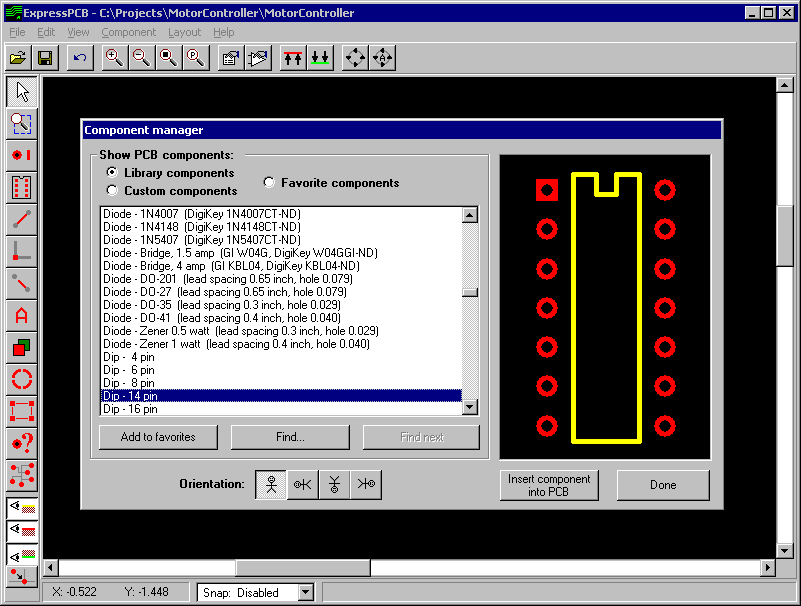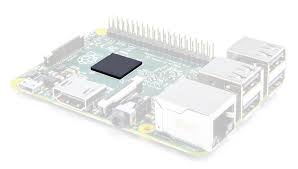One of the main aspect of reverse engineering Electronic PCB Board is studying component and track connection processing technology in the netlist table generation process, the technology research is how to analyze the component information and electrical wire connection information by extracting from printed circuit board image and provide source data for netlist table generation;
1st of all it’s the component library that required for component connection processing. But the variety of components is constantly increasing, the task of building a component library is very large and the method is not desirable. And some mature printed circuit board CAD software, such as Protel, OrCAD, PowerPCB, etc., have a relatively complete component library;

printed circuit board CAD software, such as Protel, OrCAD, PowerPCB, etc., have a relatively complete component library
2nd component information processing, There are many types of components parsed in the component library, and the component library is constantly being updated. If each component is represented by a component symbol, it is cumbersome to operate, and it is not preferable. The approach taken is based on the number of component pins, each class is represented by a component symbol, and the component symbol is designed at the same time. According to the characteristics of the component symbol, various component connection processing algorithms and some auxiliary operation algorithms are designed.

3rd The lines in the PCB board image can be divided into visible lines and invisible lines. for single side and double side PCB board, visible lines is much more common and the invisible lines will be applicable for multilayer PCB boards.
The visible line can be processed by image recognition or manual identification, but the invisible line needs to detect and analyze the connection condition first, which is more difficult and complicated to handle. At present, most of the invisible lines are detected by using a tester, and there are few studies using software to analyze and infer the connection of the lines. Reverse Engineering Electronic PCB Board technique applied to a variety of test methods, and give an invisible line analysis method based on matching ideas and line orientation reasoning.






